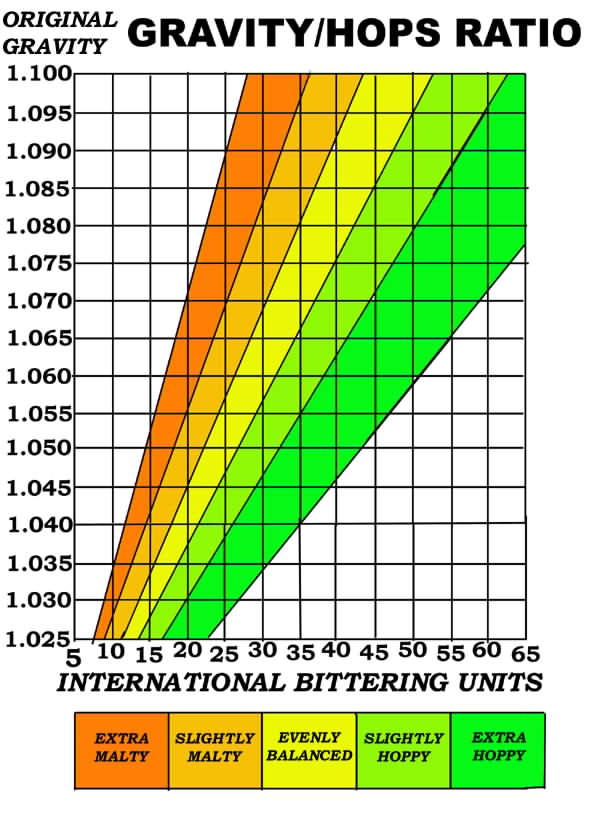NitrouStang96
Well-Known Member
- Joined
- Dec 7, 2007
- Messages
- 576
- Reaction score
- 2
Say I have a nice balanced beer that pitched Nottingham and attenuated 80%. Now say I want to use an English ale yeast that's going to attenuate 70%.
Three questions:
1)In the beer with yeast that attenuated 80%, does that mean that the yeast left 20% of the sugars unfermented, and the 70% attenuated beer has 30% remaining unfermented sugars?
2) Am I correct in assuming that the difference is a 50% increase in unfermented sugars? 2b) Will this be a 50% increase in malt flavor/sweetness?
3) Will the 70% att. beer require 50% more IBU to be balanced similar to the 80% att. beer?
Three questions:
1)In the beer with yeast that attenuated 80%, does that mean that the yeast left 20% of the sugars unfermented, and the 70% attenuated beer has 30% remaining unfermented sugars?
2) Am I correct in assuming that the difference is a 50% increase in unfermented sugars? 2b) Will this be a 50% increase in malt flavor/sweetness?
3) Will the 70% att. beer require 50% more IBU to be balanced similar to the 80% att. beer?





